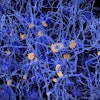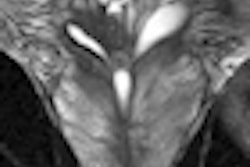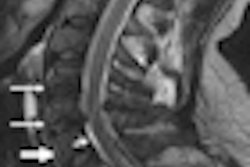Researchers at the University of Michigan have found that nearly one-quarter of patients with neuropathy diagnoses undergo MRI scans, while only 1% of patients receive far cheaper glucose tolerance tests, according to a study published January 23 in the Archives of Internal Medicine.
The findings prompted the group to conclude that there is a "substantial opportunity" to improve efficiency in the evaluation of peripheral neuropathy. The research team was led by Dr. Brian Callaghan, assistant professor of neurology at University of Michigan Medical School (Arch Intern Med, Vol. 172:2, pp. 127-132).
Patients with peripheral neuropathy suffer from tingling or burning in the arms or legs and a loss of feeling. Peripheral neuropathy is found in approximately 15% of people older than 40 years of age.
For this study, the researchers used the 1996-2007 Health and Retirement Study to identify patients diagnosed with peripheral neuropathy. Of the 12,673 patients in the review, 1,031 (8%) received a new diagnosis of neuropathy and were included in the study.
Callaghan and colleagues also focused on 15 relevant tests for neuropathy and examined the number and pattern of tests six months before and after the initial diagnosis. Of the 15 tests considered by physicians, a median of four tests were performed on patients in the study.
The researchers also reviewed Medicare expenditures at baseline, diagnosis, and for follow-up periods.
MRI of the brain or spine was ordered for 23% of patients, compared with only 1% for glucose tolerance tests, the group found. The researchers characterized MRI as a "high-cost, low-yield test" and glucose tolerance tests as "low-cost, high-yield" studies.
Mean Medicare expenditures were significantly higher in the diagnostic period ($14,362) than in the baseline period ($8,067).
More research must be done "to determine an optimal approach," Callaghan and colleagues wrote. "We do a lot of tests that cost a lot of money, and there's no agreement on what we're doing."
Study co-author Dr. Kenneth Langa, PhD, professor of internal medicine at the University of Michigan, added that escalating rates of diabetes in the U.S. make this research even more important, as peripheral neuropathy is commonly caused by diabetes.


.fFmgij6Hin.png?auto=compress%2Cformat&fit=crop&h=100&q=70&w=100)





.fFmgij6Hin.png?auto=compress%2Cformat&fit=crop&h=167&q=70&w=250)











